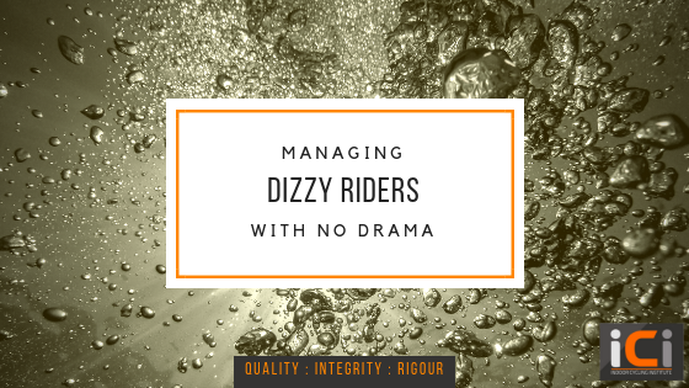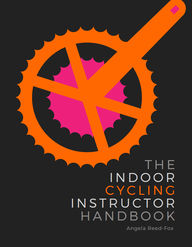by Angela Reed-Fox RN Managing dizziness in the indoor cycling studioIt's not just new riders that might feel a bit faint or dizzy when doing new indoor cycling workouts - if riders are increasing the intensity of their classes, they may experience the same symptoms. Here I'll explain why - and how to avoid the drama! Feeling faint during or after a class is not hugely rare. If riders are new to vigorous workouts, or they've recently upped the intensity of their workouts they're more at risk of feeling dizzy or faint during or after your class. There are two main reasons why you might feel dizzy. One is low blood sugar, and the other is low blood pressure. Low blood sugar Your facility should receive agreement that riders with diabetes will let you know before starting their class with you. Such riders are generally well aware of how to deal with 'hypos', and will come prepared. Generally it's the medication that causes the hypo, not the condition. If you're unsure, check with your venue that they're gathering this information from new riders. For riders who are not diabetic, low blood sugar is less likely to cause a problem. However, with sudden intense exercise, particularly at high resistance, this can see blood sugar levels dropping lower than normal. This can cause dizziness or faintness. Low blood pressure It’s often the case that people (mostly women) with low blood pressure can feel dizzy during or after exercise. This is because one of the way the body maintains an even temperature is by dilating the blood vessels to cool down - this is why your skin goes red when you're hot. Also when you're working hard at a high intensity, your muscles are also demanding a greater blood supply. This is perfectly natural, and usually OK - only if you usually have low blood pressure, in this condition, less of your blood is supplying your brain with oxygen, which makes you feel dizzy or faint. How to help and advise riders The gold standard is to provide written guidance from your venue. The following advice is useful: How venues can prepare:
Indoor cycling instructor? Click below for free CPD resources. Your venue can also receive information on how we can help improve customer registration, retention, engagement and profitability.
0 Comments
Leave a Reply. |
Categories
All
|
Quick links
Get started
|
Find what's right for you
|
Courses
|
Further learning
|
More
|
The Indoor Cycling Institute provides the most comprehensive and up to date indoor cycling instructor training; providing entry-level courses, and further education to raise the standard of instructors.
© 2014-2024 Protheorem Ltd
The Indoor Cycling Institute is owned and operated by Protheorem Ltd Registered in England & Wales, Company number 12812092
The Indoor Cycling Institute is owned and operated by Protheorem Ltd Registered in England & Wales, Company number 12812092




